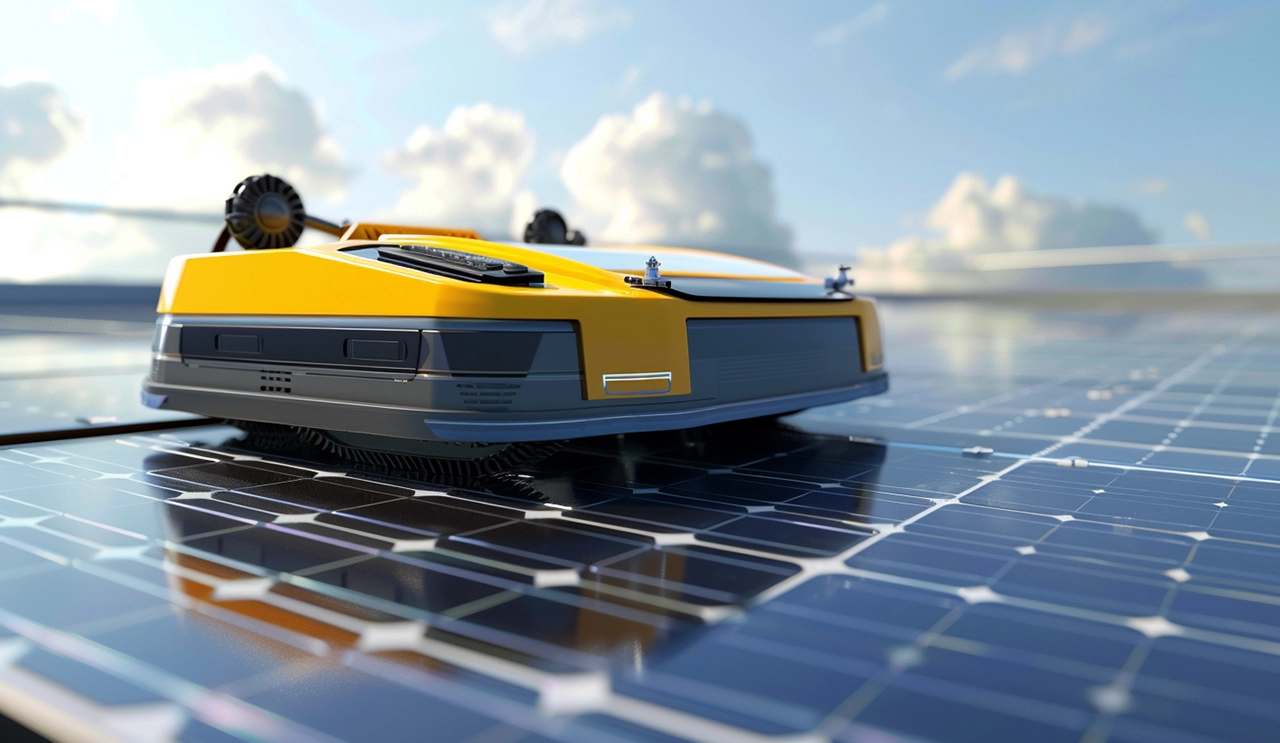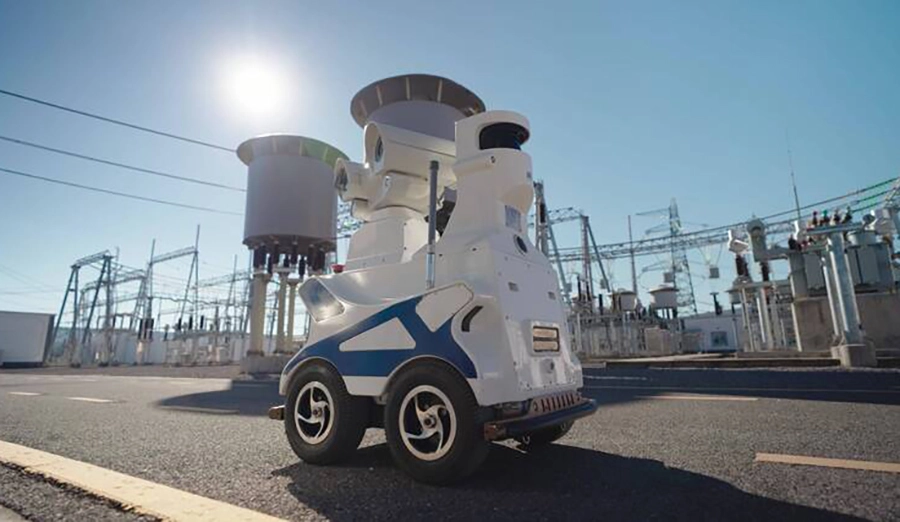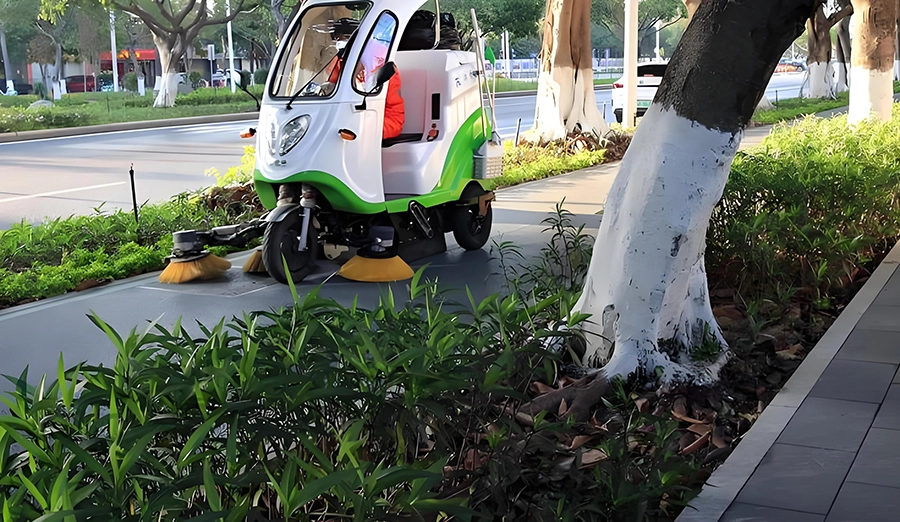
WIRELESS CHARGING IN THE NEWS
The intelligence of AGV/AMR is not only reflected in navigation and decision-making, but also in the autonomy of its energy management. Non-contact charging technology is the cornerstone of this autonomy. It is not a single technology but a family of technologies that is empowering AGVs/AMRs to achieve "energy freedom" from multiple dimensions and break through the bottleneck of range. We mainly focus on the mainstream technologies in industrial applications: electromagnetic induction charging and magnetic resonance charging.
Core technology schools: Induction vs. Resonance
Electromagnetic induction Charging (Inductive Charging)
Principle: Based on Faraday's law of electromagnetic induction. When high-frequency alternating current is passed through the charging base (transmitting coil), an alternating magnetic field is generated. When the receiving coil under the AGV chassis enters this magnetic field range, it will induce alternating current. After rectification, filtering and voltage stabilization, it charges the battery. Similar to the technology of wireless charging mobile phones, but with significantly increased power, efficiency and design requirements.
Industrial-grade features:
Mature and reliable: The technology has a long development history, the solution is mature, and the industrial chain is stable.
Wide power range: From several hundred watts of small AGVs to tens of kilowatts of heavy-duty AGVs (such as 3kW-60kW+), all have mature applications.
High efficiency: Under ideal conditions (precise alignment, small gap <10mm), the overall system efficiency is high (>90%).
Sensitive to offset: It has a low tolerance for horizontal/angular offset of the coil and requires the AGV to have a high docking accuracy (usually using laser or visual secondary positioning).
Strict Gap requirements: To ensure efficiency and power, the charging gap (Air Gap) is usually small, which limits the design under the vehicle (such as thick armor and the installation of protruding sensors).
Electromagnetic interference management: Good electromagnetic shielding and filtering design is required to reduce the impact on surrounding equipment.
Typical application: The vast majority of industrial AGVs adopt this technology for non-contact charging, especially suitable for warehouse and assembly line scenarios where the environment is relatively controllable and the parking accuracy is high.
2. Resonant Charging: (For details of the characteristics, please refer to Article 1. Here, the focus is on comparison.)
Core differentiated advantages: Penetration (can be buried underground/with protective layer), large gap (10-20cm+), high position tolerance (±10-20cm level).
Cost/Focus: The system is more complex and the cost is higher; Sensitive to large-area metal objects (shielding design required); The transmission efficiency may be slightly lower than that of inductive charging in the ideal state. At present, the application of ultra-high power (such as above 100kW) is less than that of induction technology.
Typical applications: Harsh environments (explosion-proof, high protection IP69K, high cleanliness), AGV protection requirements, complex chassis, and situations where greater parking freedom or embedded installation is needed (such as heavy industry, chemical industry, food and beverage, semiconductor).
The key value dimensions of AGV/AMR non-contact charging:
Leap in automation (unmanned operation) level: The charging process is fully integrated into the automated flow, without the need for manual intervention (plugging and unplugging, battery replacement).
Enhance System Efficiency (OEE) : Utilize rest, standby, and loading/unloading waiting times for fragmented charging to minimize or eliminate dedicated charging time and achieve approximately 24/7 continuous operation.
Enhance equipment reliability and lifespan: No mechanical wear (plugging and unplugging contacts), no electric spark hazard (suitable for explosion-proof areas), and maintenance costs are significantly reduced.
Environmental adaptability: The fully enclosed design enables it to operate stably in damp, dusty and weakly corrosive environments (especially in magnetic resonance).
Flexibility and scalability: The deployment of charging points is flexible, and the number of points can be conveniently increased or decreased along with the adjustment of production lines or business expansion. The intelligent dispatching system optimizes the allocation of charging resources.
Safety upgrade: Avoid the risk of personnel coming into contact with high-voltage connectors; The spark-free design enhances the fire safety level.
Choice consideration: Which technology is superior?
There is no absolute answer. A comprehensive assessment of specific applications is required:
Application environment requirements: Is extreme protection (water, dust, corrosion) and explosion-proof necessary? If necessary, magnetic resonance has significant advantages.
AGV chassis design: What is the available space gap size? Is there any thick armor or protrusions on the chassis? Small gap and good flatness are optional for induction. If the gap is large or protection is required, magnetic resonance is chosen.
Parking accuracy capability: Can the secondary positioning accuracy of AGV meet the requirements of induction type? (Usually at the millimeter level). When precision is limited, magnetic resonance is preferred.
Power demand: Both technologies are feasible at different power levels, but it depends on the specific product implementation.
Cost budget: The cost of the magnetic resonance scheme is usually higher than that of the induction scheme with the same power.
Future scalability: Is multi-vehicle charging at a single transmitter considered? Magnetic resonance has greater potential.
Future trends: Integration and intelligence
Integration of technology and standards: In the future, induction and magnetic resonance may learn from and integrate with each other at the technical and standard levels (such as hybrid topologies).
Higher power and efficiency: Continuously enhancing transmission power (to meet the demands of fast charging) and overall system efficiency is an eternal pursuit.
Intelligent, networked and refined Management: The charging management System is deeply integrated with the Fleet Management System. By combining battery health status (BMS data), task load, electricity price period, etc., the optimal charging scheduling is achieved to maximize utilization and economy.
Dynamic Charging (Opportunity Charging/ on-the-move Charging) : the ultimate goal is for AGVs to obtain energy at any time during operation (such as laying charging tracks On specific sections of roads). This requires breakthroughs in more efficient and faster wireless charging technologies.
The non-contact charging technology family (with induction and resonance at its core) provides AGVs/AMRs with a powerful engine to break free from physical constraints and achieve autonomous energy management. They are not substitution relationships, but complementary technologies that provide the optimal solutions in different application scenarios. With the continuous evolution of technology, the optimization of costs and the in-depth application of intelligent scheduling, AGV/AMR fleets with seamless endurance will become the ceaselessly flowing smart blood in the intelligent factory logistics system, driving a future of automation without breakpoints and high efficiency.







